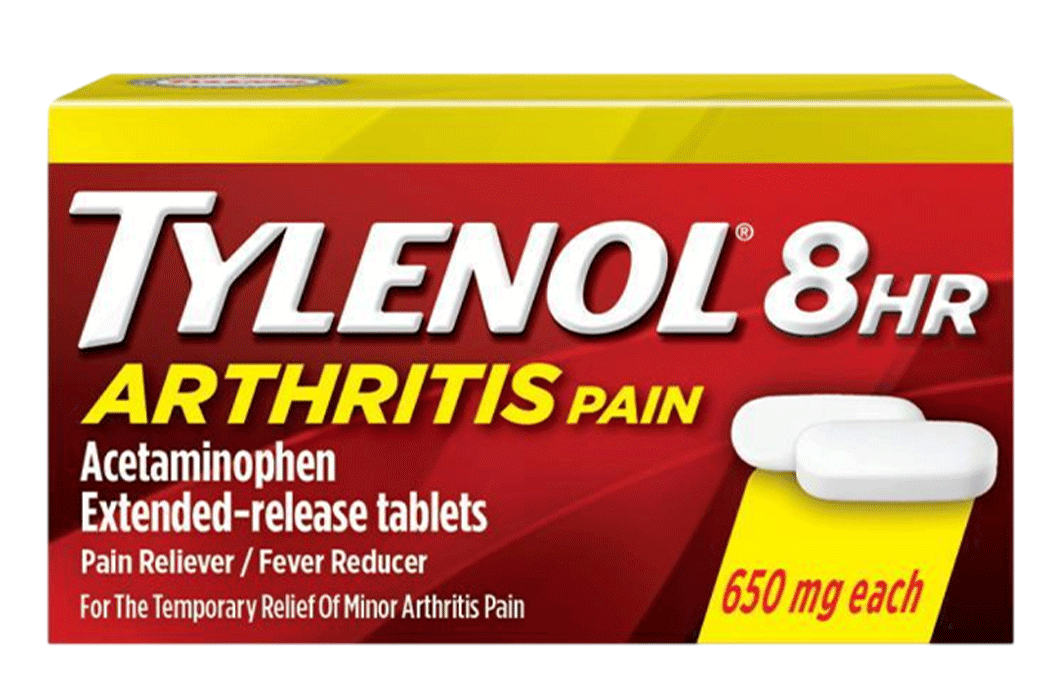Although you can’t regrow cartilage, you can protect the cartilage you still have. There are simple steps you can take to reduce arthritis pain and help protect your joints against further damage.
Do you have painful, stiff, or swollen joints? If so, you may wonder if you have arthritis.
“Arthritis” literally means joint inflammation. There are several types of arthritis with different causes. Treatment can help reduce joint pain and help you feel more comfortable.

What is Arthritis?
Arthritis is a term used for conditions that cause joint pain, stiffness, swelling, and other joint symptoms. About one in four adults in the United States have been diagnosed with arthritis by a doctor.1 Here are some types of arthritis:
- Osteoarthritis (OA) is the most common type of arthritis. In joints with OA, the protective cartilage between bones starts to wear away. This allows the bones to rub together, which can cause pain and stiffness.
- Rheumatoid arthritis is an autoimmune inflammatory disease in which the body’s immune system attacks its own joint tissue.
- Psoriatic arthritis is a form of arthritis that can affect the joints, skin, and nails.
- Infectious arthritis is caused by an infection in the joint from bacteria, viruses, or fungi.
- Reactive arthritis causes joint symptoms that are triggered by an infection in another part of the body.
- Gout is a painful type of inflammatory arthritis in which too much uric acid forms and then crystallizes and deposits in the joints.
What Causes Arthritis?
There are several possible causes of arthritis, depending on the type, such as:
- Inflammation
- Joint damage
- Genetics
- Immune system dysfunction
- Infection caused by bacteria, viruses, or fungi
Common Arthritis Risk Factors
Some risk factors increase the chances of developing arthritis, such as the following:2
- If you do a repetitive motion in your job or a sport, it may cause joint stress, overuse, or injury that can increase the risk of arthritis.
- Older age increases your risk of developing arthritis.
- Osteoarthritis and rheumatoid arthritis are more common in females, but gout is more common in males.
- Family history and genetics can increase the risk of some types of arthritis.
- If you are overweight, the added weight puts extra stress on the joints and increases the risk of developing arthritis.
- Smoking cigarettes increases the chance of developing rheumatoid arthritis.
- Infection with bacteria, viruses, or fungi can lead to arthritis.
Common Signs and Symptoms of Arthritis
Different types of arthritis have different signs and symptoms that most commonly affect the joints. The symptoms may come and go, they may flare-up suddenly, or symptoms may persist over time.
What does arthritis feel like? Depending on the type of arthritis, signs and symptoms may include:
- Joint pain may feel like a dull ache or a burning sensation. The pain may be worse if you have been using a particular joint a lot.
- Joint stiffness may be worse after times when you haven’t been moving as much, like after sitting for a long time or when you wake up in the morning.
- Joint swelling may look like puffiness or fluid in the area of a joint.
- Redness or warmth you can feel on the skin can result from inflammation around the affected joint.
- Decreased range of motion can make it difficult to move your joints in certain directions or to do certain daily activities.
How is Arthritis Diagnosed?
If you are having joint signs and symptoms, the Arthritis Foundation recommends making an appointment with your doctor if you have any of the following:3
- Your joint symptoms last three or more days
- You have several episodes of joint symptoms within a month
Your doctor may use different methods to diagnose the cause of joint symptoms, such as physical examination, laboratory tests, and imaging. They will also evaluate your overall health to determine if a health condition could be causing your joint symptoms.
A physical exam will help your doctor check your joints for swelling, redness, warmth, and range of motion.
Your doctor may also order blood or urine laboratory tests to help determine the cause of joint symptoms.
Imaging tests create a picture of your joints to help your doctor determine what might be causing your symptoms. Types of imaging tests include X-ray, computerized tomography (CT) scan, magnetic resonance imaging (MRI), and ultrasound.
Arthritis Treatment
Treatment for arthritis varies depending on the cause of arthritis and the severity of your symptoms. Your doctor may recommend treatment with medications, physical therapy, or surgery.
Non-medication remedies for arthritis, such as massage or hot and cold therapy, can help alleviate symptoms and make you feel more comfortable.
Your doctor may recommend or prescribe medication depending on your signs and symptoms, the type of arthritis, and your individual needs. The following are some of the medications used for arthritis:4
- Analgesics such as acetaminophen provide pain relief for minor aches and pains. TYLENOL® 8 HR Arthritis Pain is an analgesic that provides fast-acting, temporary relief of minor pain of arthritis.
- Nonsteroidal anti-inflammatory drugs (NSAIDs) help relieve pain.
- Corticosteroids (also called steroids or glucocorticoids) reduce inflammation.
- Disease-modifying antirheumatic drugs (DMARDs) and biologic drugs slow inflammation and joint damage in some types of arthritis.
FAQs
Knuckle cracking may sound alarming, but there is no evidence that knuckle cracking causes joint damage or arthritis.
Arthritis is not a contagious disease. The most common types of arthritis are osteoarthritis and rheumatoid arthritis, which cannot be spread from person to person. Infectious arthritis and reactive arthritis are less common forms of arthritis that are caused by infection from bacteria, viruses, or fungi. While the infection may spread from person to person in these illnesses, the arthritis symptoms are not contagious.
Related content
References
1. Arthritis National Statistics. Centers for Disease Control and Prevention. Published October 12, 2021. Accessed November 16, 2022. https://www.cdc.gov/arthritis/data_statistics/national-statistics.html
2. Arthritis Risk Factors. Centers for Disease Control and Prevention. Published April 16, 2021. Accessed November 17, 2022. https://www.cdc.gov/arthritis/basics/risk-factors.htm
3. When It’s Time to See a Doctor for Joint Pain. Arthritis Foundation. Accessed November 17, 2022. https://www.arthritis.org/health-wellness/about-arthritis/understanding-arthritis/when-joint-pain-means-its-time
4.Medications for Arthritis. Arthritis Foundation. Published April 21, 2021. Accessed November 17, 2022. https://www.arthritis.org/health-wellness/treatment/treatment-plan/disease-management/medications-for-arthritis





All Fields required, unless otherwise indicated
Will be used as your user name
By submitting your information above, you agree that the information you provide will be governed by our site's Privacy Policy.